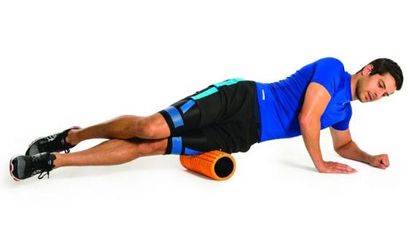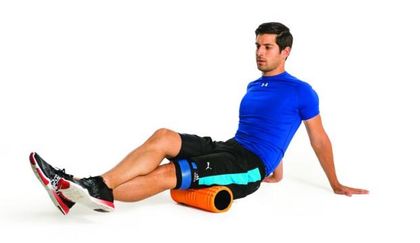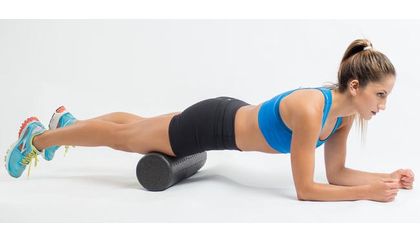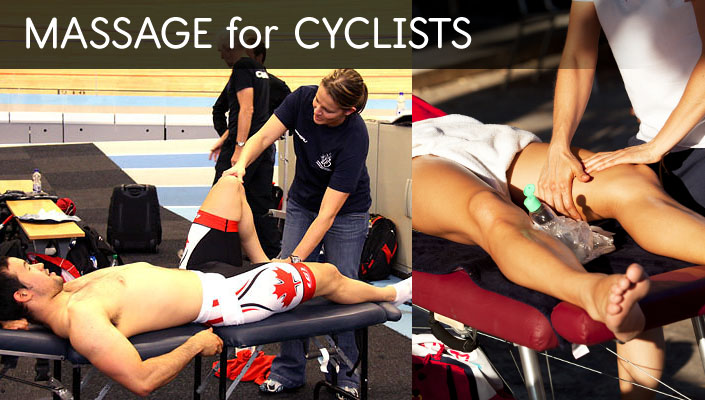
Whether you’re a serious road racer, a weekend mountain biker, or a regular commuter, the miles you log on your bike will eventually take a toll on your body. Stretching and ice baths only go so far toward helping you recover fully – maybe a massage is the answer? But where do you get one? What type of massage is best for cyclists, and when is the best time to get one? The team at BikeRoar did some investigating on your behalf.
Professional cyclists have virtually unlimited access to sports massage, and will usually get a massage 5 to 7 times per week during a multi-stage Grand Tour event such as the Tour de France.
Steven Potts, who worked as a soigneur, or massage therapist, for the CSC and Garmin-Slipstream ProTour teams, explains that there are different types of massage for different occasions.
“Four or five days prior to a big race is when most of the riders opt for a really deep massage. Often there is some soreness and a general heavy feeling throughout the legs after a deep tissue treatment. This can sometimes last a couple of days, and is usually followed by a really light, relaxed feeling through the legs. Then, maybe two days before the race start we would have another gentle rub to flush the muscles out. After that, throughout the race, we are mostly just doing relaxation massages to try to prepare for the following day’s ride.”
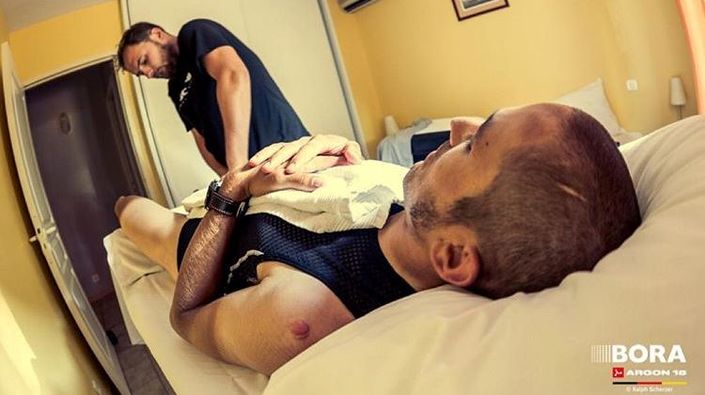
How cycling massages work
So what does a massage actually do for your body? Dr. Shane Phillips, of the University of Illinois, Chicago, says that massage has a rejuvenating effect due to the breakdown of adhesions, or scar tissue, within the muscle fascia.
“When muscles are stressed, the fibers of the fascia that cover them suffer micro-tears. As they heal, these fibers become stronger, but they also can form scar tissue, called adhesions, which can limit your range of motion and cause discomfort. Deep pressure applied by a therapist to the fascia breaks up these adhesions. Additionally, blood vessels open and waste products are flushed out, which helps reduce tenderness after a hard ride or workout; the increase in blood flow speeds recovery from muscle injury by providing more nutrition to the tissue,” he explains.
When should you get a massage?
It’s great that the pros get to have a massage whenever they want, especially now that we know precisely what a massage does for our body, but chances are we’re paying hard-earned money for our treatment, so what is the best strategy to get value for that money?
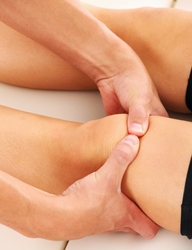
“There’s a couple of ways of looking at it,” says Potts. “You can get a short treatment – maybe 30 minutes or so – and ask the therapist to focus on your trouble-spots. The vast majority of injuries I treated were related to either knee pain or lower back pain, so ask him or her to work on muscles most connected with knee stabilization and core strength.
“Another option is to get a really thorough massage the day after a long hard training block. Let’s say you’ve done 10 or 12 or even 14 days of hard riding without much of a break – definitely time for a deep tissue massage to break down all that scar tissue and give your body the opportunity to repair itself while you have a few days off the bike.”
As far as when to avoid getting a massage, the general consensus is that the day before a race or event is a bad idea, but any other time should be fine.
Where do you get a massage?
Larger cycling and triathlon events often have massage therapists conveniently set up in the finish expo area; ride up and get a recovery massage on the spot. Whether you're getting a massage there or not, you can strike up a conversation and find out the locations of the massage therapists' offices, or if they do home visits, and arrange to schedule future sessions.
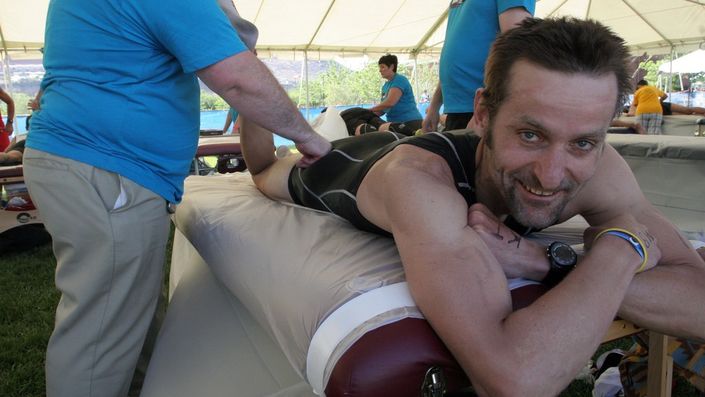
Your doctor and chiropractor are also good sources of referrals for massage therapists. Chiropractors often share offices with massage therapists.
And, of course, there are other cyclists and friends who can share who they're using for sports massages. You could crawl the internet for a massage therapist, but getting a massage is personal and another cyclist with experience receiving massages can connect you with someone who they are comfortable with and who does a good job addressing a cyclist's needs.
How about self-massage?
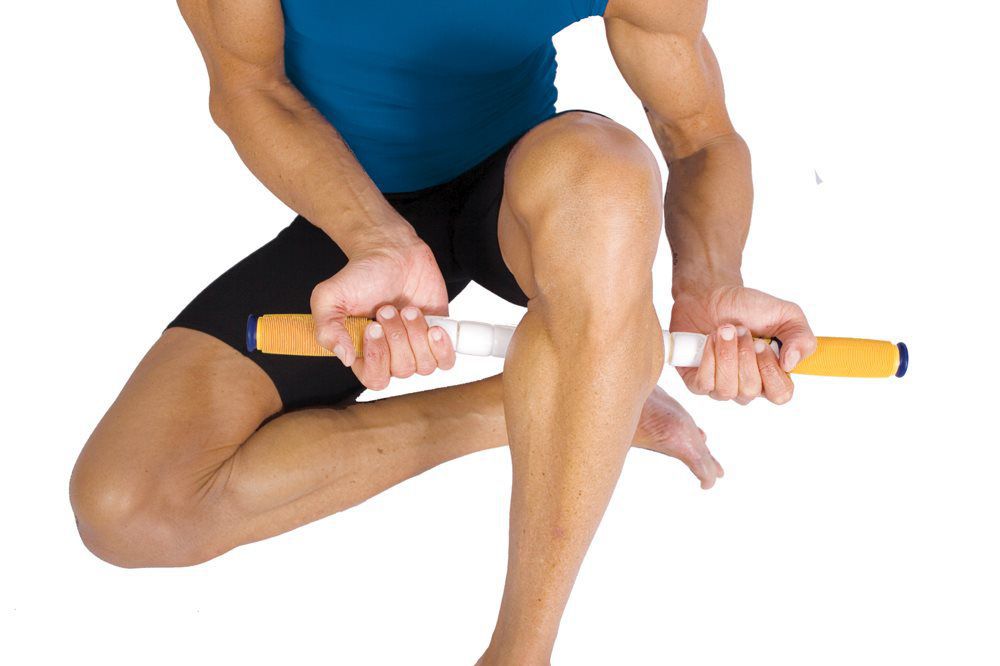
If you’re strapped for cash, or happen to be somewhere completely out of reach of a massage therapist, there are some do-it-yourself techniques that will provide some benefit. Self-massage can also serve as a form of maintenance, helping you address issues before they become bigger problems.
Self-kneading and massage sticks will do the job, but a foam roller, like the OPTP Star Roller, is better. Try the three simple techniques listed below, and then read here for more great foam roller ideas and techniques.
- Outer Hip and Thigh
Lie on your side with the roller under your left hip. Slowly roll up and down from your hip to your knee. Switch sides. - Hamstrings
Sit with your left leg straight, your hands on the floor behind you, and your right knee bent at a 45-degree angle. Place the roller under your left hamstring. Roll up and down from your knee to just under your left butt cheek. Then work the other leg. - Quads
Lie facedown with the roller under your hips. Lean on your left leg and roll up and down from your hip to your knee. Switch legs.
Again, these foam roller techniques are not as effective as a proper massage, but they’re a great way to stay mobile and limber between massage appointments.
Cycling is an expensive sport, and none of us want to hear about one more “quick fix” that’s going to cost us even more money and time. But injuries can be expensive, too, and enforced time off the bike due to soreness or injury is no fun at all... so think about it, and at least consider incorporating a regular massage into your regimen.

RELATED ARTICLE:
The Foam Roller - Awesome recovery in 5 minutes a day
We demonstrate six foam roller exercises that every cyclist will benefit from... READ MORE
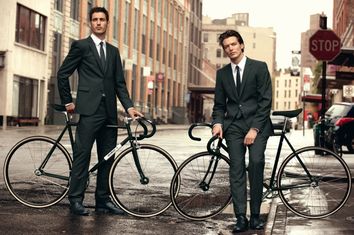
RELATED ARTICLE:
10 tips to fit cycling training around life
We all want to ride more and become better cyclists, but how often does life seem to get in the way? Make the most of your time with some simple tips to fit cycling into your busy life... READ MORE
